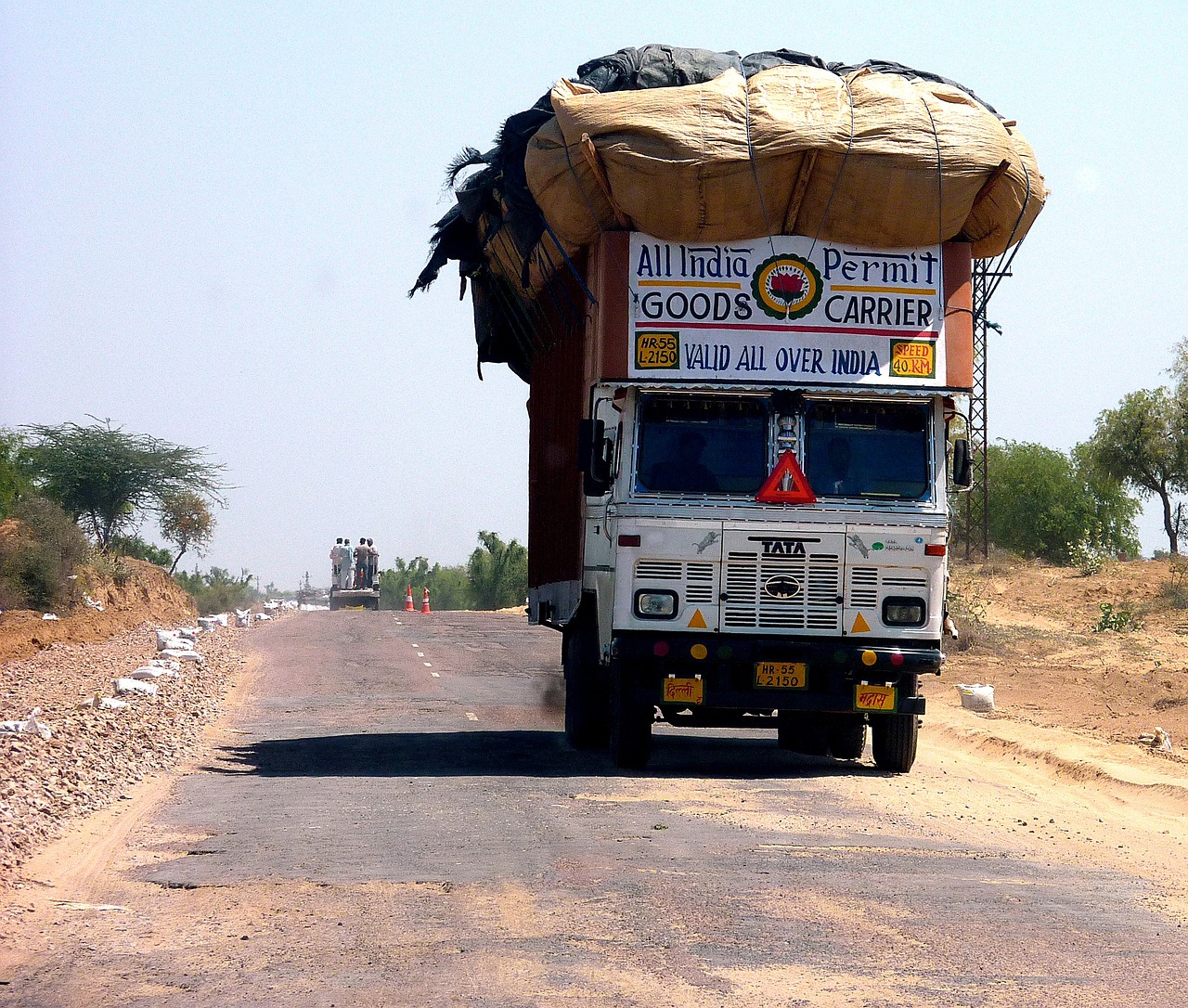Exploring the Influence of Social Media Misinformation on Voter Behavior
With the widespread use of social media platforms, misinformation has become rampant in today’s digital age. Individuals and organizations alike disseminate false information, often blurring the lines between fact and fiction. The ease of creating and sharing content online has facilitated the rapid spread of misinformation, leading to confusion and mistrust among users.
One of the key factors contributing to the rise of misinformation on social media platforms is the lack of accountability and fact-checking mechanisms in place. Unlike traditional media outlets that have editorial standards and fact-checking processes, social media platforms often operate without stringent regulations. This lack of oversight allows misinformation to thrive, as false information can easily go viral without being vetted for accuracy.
• In the digital age, misinformation spreads like wildfire on social media platforms
• Lack of accountability and fact-checking mechanisms contribute to the rise of false information
• Social media platforms operate without stringent regulations, allowing misinformation to thrive
• False information can easily go viral without being vetted for accuracy
The Impact of Misinformation on Voter Decision Making
Misinformation on social media platforms has become a significant concern in recent years, particularly when it comes to its impact on voter decision making. With the rapid spread of false information online, voters are increasingly susceptible to believing inaccuracies that can shape their opinions and ultimately influence their choices at the polls. This phenomenon highlights the power that misinformation holds in influencing the democratic process and the need for greater awareness and critical thinking among voters.
The dissemination of false information on social media platforms can create a distorted view of political candidates and issues, leading voters to make decisions based on inaccurate or incomplete information. This can have far-reaching consequences, affecting not only individual electoral outcomes but also the overall integrity of the democratic system. As misinformation continues to proliferate on social media, it is crucial for voters to exercise caution, verify the accuracy of information, and be discerning in their decision-making process to ensure that their choices are informed by facts rather than falsehoods.
How False Information Spreads Quickly on Social Media
False information on social media spreads rapidly due to the reach and speed of online platforms. Users can easily share posts, articles, and videos with a single click, allowing misinformation to quickly gain traction and visibility across networks. When content resonates with emotions or aligns with existing beliefs, individuals are more inclined to share it, perpetuating the spread of false information.
Moreover, algorithms on social media platforms also play a crucial role in the rapid dissemination of misinformation. These algorithms are designed to prioritize engaging content that generates high levels of interaction, such as likes, comments, and shares. As false information tends to be more sensational and click-worthy, it often garners more engagement, further amplifying its reach and influence on social media.
Why is misinformation spreading rapidly on social media platforms?
Misinformation spreads quickly on social media due to the ease of sharing, the lack of fact-checking, and the algorithms that prioritize sensational content.
What impact does misinformation have on voter decision making?
Misinformation can influence voter decision making by spreading false narratives about candidates, policies, and important issues, leading to uninformed voting choices.
How can individuals identify false information on social media?
Individuals can identify false information on social media by cross-checking sources, looking for credible sources, and being skeptical of sensational headlines.
What can social media platforms do to combat the spread of misinformation?
Social media platforms can combat the spread of misinformation by implementing fact-checking mechanisms, promoting credible sources, and reducing the reach of false content.







